
The fall 2018 New York Bridal Fashion Show is over and reports are coming in on the latest trends revealed. But don’t hold your breath … there are no real new and wonderful innovations. In 2018 nothing about the basic shapes of dresses is going to change and, as the cliché goes, the difference is in the details. The details and ideas have all been around, but they’re used in a different way.
SHAPES
Ball gowns are still going strong but the embellishments vary. Not as many mermaid gowns were shown in articles about the 2018 trends, and the styles, as I saw them, tended to be softer and more flowing. There is more going on with the upper body and sleeves this year.
♥ Slip Dresses
The 90’s slinky, curve-skimming slip dress is back, a silhouette which is effortlessly sophisticated.
Photos: Kurt Wilberding; Maria Valentino/ MCV Photo
Justin Alexander Blush /Hayley Paige Theia
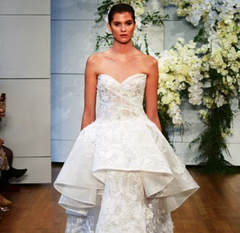
♥ Corsets and Exposed Boning
Tons of designers showed new gowns with corset tops and/or exposed boning, bringing an antique trend to the forefront of bridal fashion again. The photo is an example of both the corset and tiered style in one dress.
◄ Monique Lhuillier
The Watteau-back is a style I’ve seen before but never knew the name of until this year. The back of this gown is reminiscent of the 18th century-style long cape with fabric draping from the shoulder to the floor. The modern version drapes from the lower line of the back, making it another good choice for brides who don’t want a cathedral-length veil or heavy train. Some are removeable for the reception.
Alexandra Grecco Amsale Randi Rahm

If you're eloping, looking for a chic bridal shower ensemble, or just aren't into dresses, jumpsuits and pantsuits are comfortable, figure flattering and totally of the moment. Some have detachable trains.
Romona Keveza Monique Lhuillie Rime Arodaky
Photos by Maria Valentino/ MCV Photo; Greg Finck
Some of the biggest new trends are in sleeves, capes and capelets, and bows, both large and small.
♥ Capes and Capelets
For the bride who isn’t into veils or wants a change for the reception, the removeable capes or caplets fit the bill. These have been around for a while but they are big this year.
Marchesa, Mark Zunino, Monique Lhuillier Love Find Company
Although the split sleeve has been in style a while, it hasn’t made as much of an appearance on the bridal runway until this year.
Photos by Maria Valentino/ MCV Photo
Inbal Dror Galia Lahav Pronovias
Designers of wedding gowns picked up other ready-to-wear fashion, such as the high-lo hemline and bell sleeve. Although retro, a vintage style gown isn't required to make the look work.
Theia Rime Arodaky Mark Zunino
This was a new one for me. Kim Fusaro, https://www.glamour.com/gallery/wedding-dress-trends-2018, states “We’re not sure how else to describe the stand-alone sleeves we saw again and again on the 2018 runways during Bridal Fashion Week. In some collections, the arm warmers were attached to the dress.” On most of the gowns, she continues, they were detached i.e. freestanding on the arms.
Inbal Dror Monique Lhuiller Victoria Kyriakides
Jackets covered in studs were seen in several collections, creating a “rocker-chic” vibe which can change from wedding to reception. Often combined with boots.
Monique Lhuiller Monique Lhuiller
There seem to be more higher, modest necklines although the plunging front and back are still in full force. For the bride who wants something higher, it will be easier to find in the 2018 fall collections.
Photos by Maria Valentino/ MCV Photo; Kurt Wilberding
Hayley Paige Alexandra Grecco Maggie Sottero

A halter puts the emphasis on the face and bares the shoulders instead of the bosom. They have an elegant look, and flatter more body types than the plunging neckline and other bare parts. They also offer more support for bustier brides.
Photos by Maria Valentino/ MCV Photo; Kurt Wilberding
Reem Acra Lakum Mark Zunino
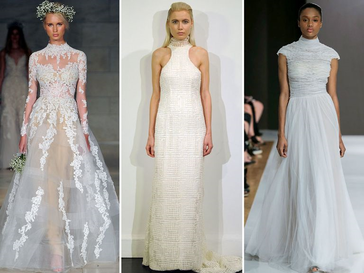
There has always been a demand for covered chests and more modest gowns. This year the high collars give serious high-fashion vibes to that look. Fashionistas encourage statement earrings and a windswept updo.
HEM LINES
♥ Hi-Lo Hem Lines
These hemlines continue to appear in the collections but they seemed more predominant in around 2016. Personally, I don’t see the style as particularly attractive on most women, but the Rime Arodakys appeal to me.
Photos: Dan Lecca
Gila Lahav Rime Arodaky Rime Arodaky Rime Arodaky
The short wedding hemline lets a bride show off their legs and lots of skin. Designers played around with length, from cutesy tea-length to mini to even short jumpsuits. This trendy style gives serious attention to a gal's legs. It may not be in the “one fits all” category.
EMBELLISHMENTS
Again, nothing is new, and a bride can find the same kinds of embellishments that have been available for years if that is what she wants: lace, pearls, sequins, feathers. If she wants to be trendy, the biggest embellishment is the bow. Photos by Maria Valentino/ MCV Photo; Kurt Wilberding
Ines Di Santo Amsale Lakum

Bows have been a stable embellishment for wedding gowns for years.
This year, designers are doing all sizes and shapes, delicate and statement pieces, often descending from one shoulder or as a traditional train. Also the new butt bow, although how you sit in them is a question. Some on them are detachable for just that reason.
Not new but cascading from shoulder is one of the new variations on a old theme. First year from shoulder cascading down arms or in back.
Photos by Maria Valentino/ MCV Photo; Kurt Wilberding
More and more colors are becoming available in design wedding gowns, but this year the pink trend appeared on the runway in every hue, from bright pink to blush to splashy deep pink, and in nearly every collection shown. Also black, and white with black accents, made an appearance.
Alyne by Rita Vinieris

The final trend is called the casual or sporty look. Designers incorporated the sporty everyday look into their bridal collections, including pants, relaxed jumpsuits and even jerseys. I'm not against that ... In fact, I like comfort, but I like it where "sporty" is appropriate. My personal opinion: YUCK! Plus it looks like everyone can see through it.
Sources
https://www.jlmcouture.com/search/node/Bell%20sleeves
https://www.theknot.com/content/bridal-fashion-week-fall-winter-2018-wedding-dress-trends
https://www.glamour.com/gallery/wedding-dress-trends-2018\
https://www.brides.com/gallery/wedding-dress-trends-fall-2018
https://www.bhldn.com/bride-spring-preview-wedding-gowns/?cm_sp=LEFTNAV-_-SUB_CATEGORY-_-BRIDE_SPRINGPREVIEW_GOWNS&mrkgcl=1143&mrkgadid=3257057654&rkg_id=h-8d0efea9b3a99d789ee9260fa7cc9f18_t-1516478089&cm_mmc=Google-_-National+-+DSA-_-Dresses%2Fbridal+dres
https://www.weddingwire.com/wedding-ideas/wedding-dress-trends
https://www.pouted.com/46-fabulous-wedding-dresses-for-muslim-brides-2016/
https://www.vogue.com/article/fall-2018-bridal-trends
https://www.marthastewartweddings.com/612415/catherine-deane-wedding-dresses-spring-2018
http://www.dailymail.co.uk/femail/article-5052665/The-biggest-bridal-trends-2018-according-deisngers.html
http://www.dailymail.co.uk/femail/article-3288431/Are-worst-wedding-dresses-ever.html
https://www.elitereaders.com/20-worst-wedding-dresses-ever/
http://www.refinery29.com/2017/02/137999/worst-wedding-trends-2017
https://www.brides.com/gallery/wedding-dress-trends-spring-2018
https://home.lauren-elainedesigns.com
https://www.jlmcouture.com/hayley-paige/bridal/spring/2018

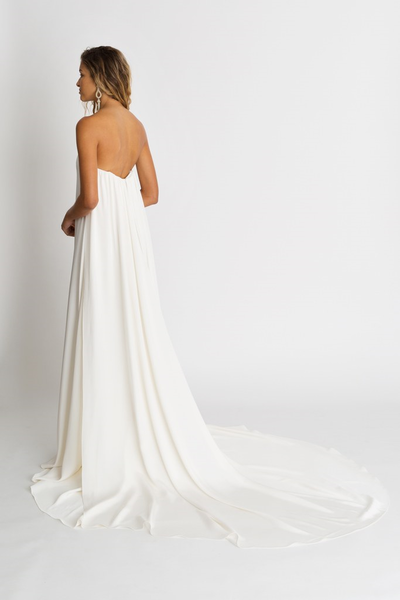
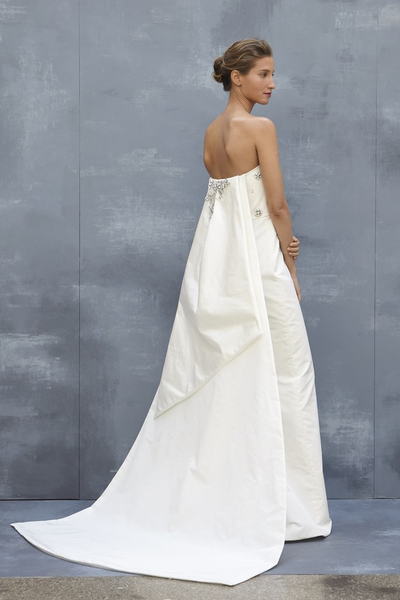
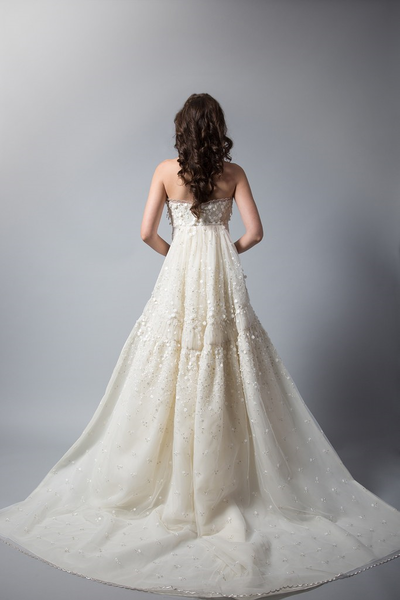

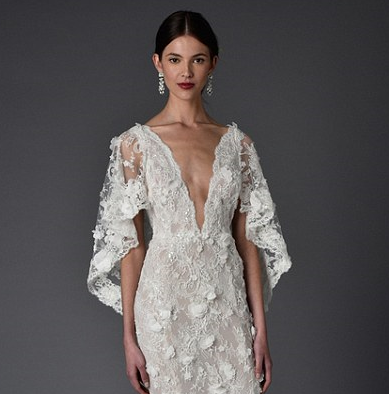
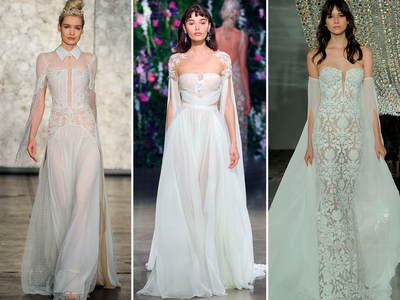
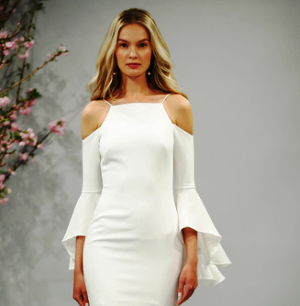

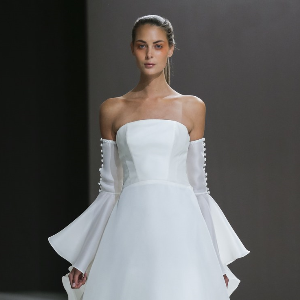
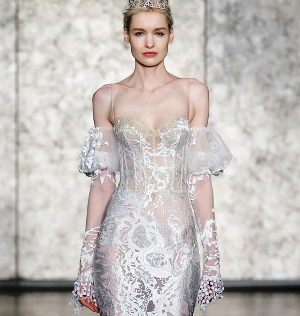
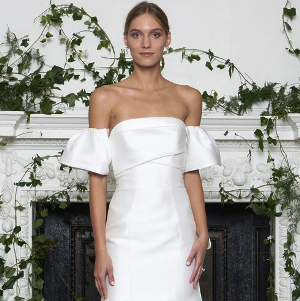
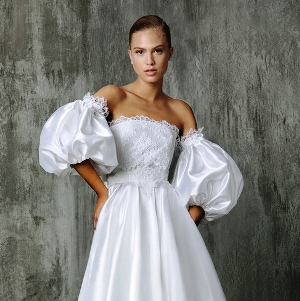



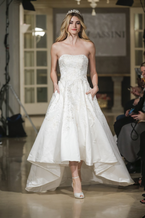


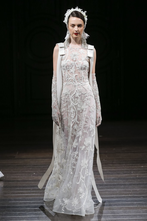


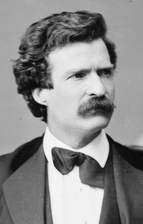







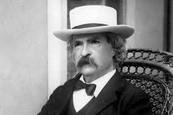
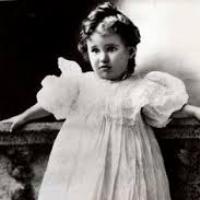
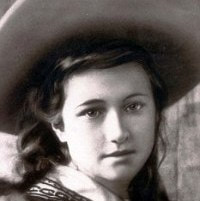

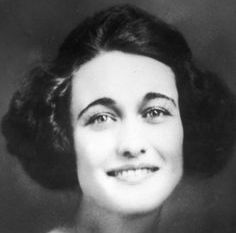


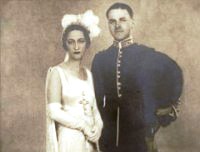





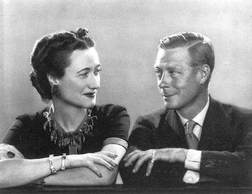
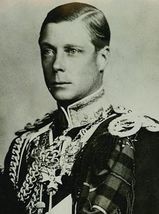
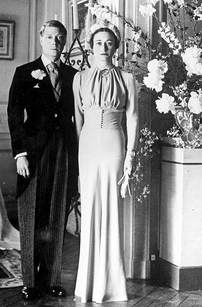
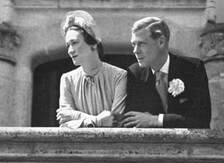
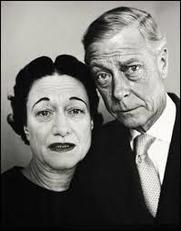



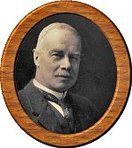
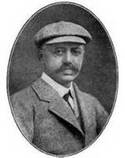

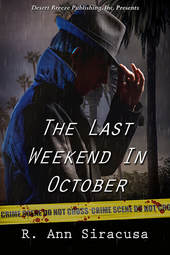






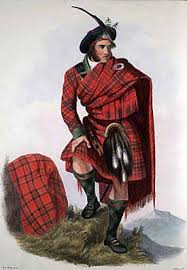
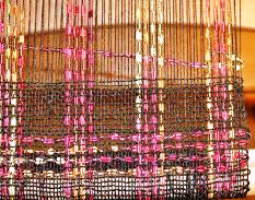



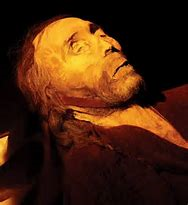
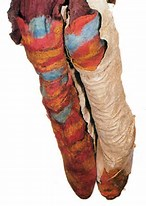
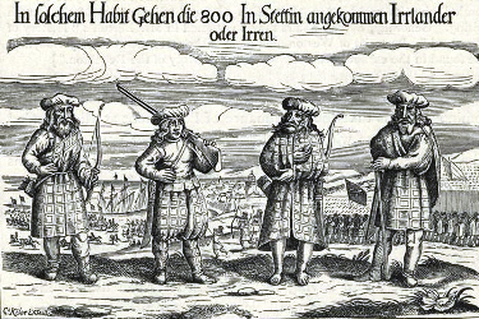

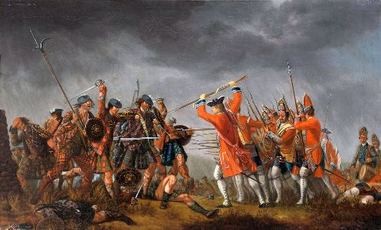


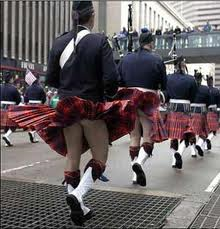






 RSS Feed
RSS Feed